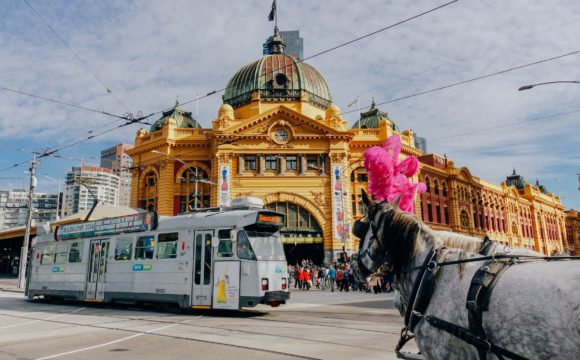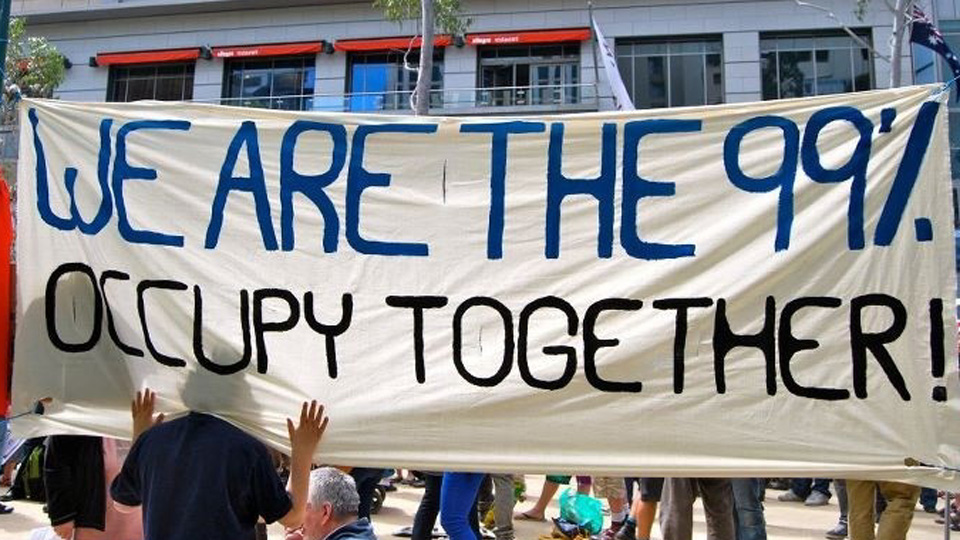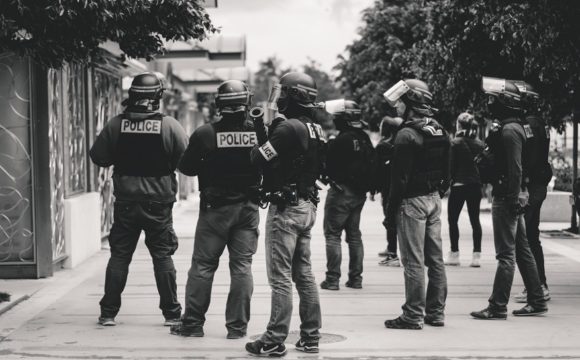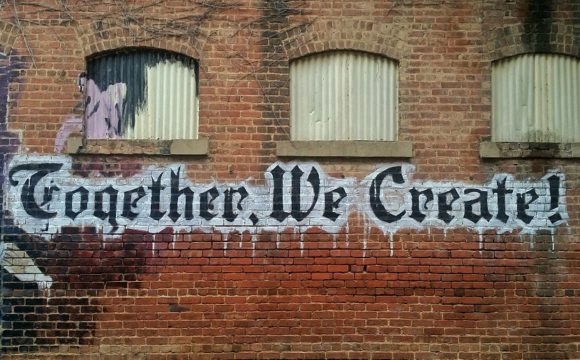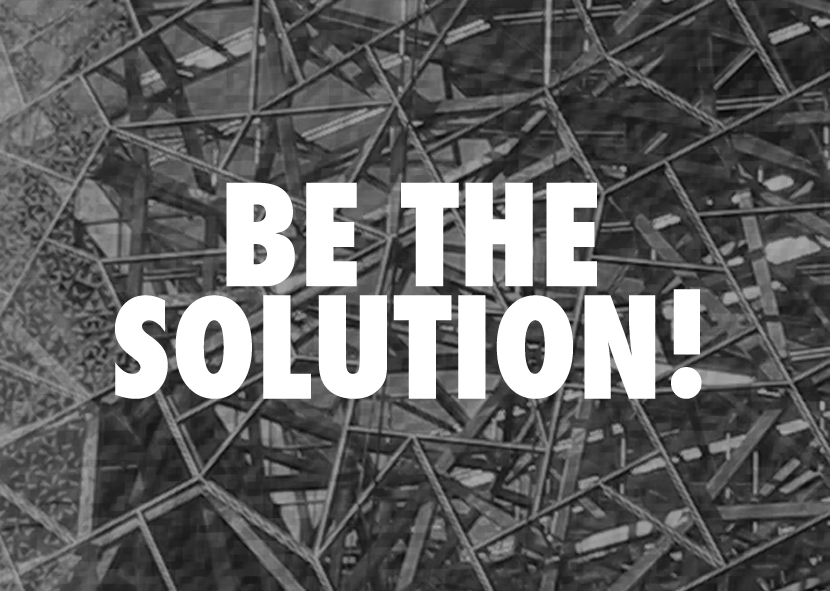Occupy Melbourne is Melbourne-Australia’s response/contribution to the world-wide Occupy movement.
WE ARE THE 99%.
We started out protest on the 15th of October 2011 by setting up camp in City Square. Its primary areas of concern consist of the wide, unfair disparity between the rich and the poor, social discrimination, bribery and fraud in the financial sectors, insatiability of corporations for power and wealth, and the sway that corporations and lobbyists hold over the government.
About seven days after the occupation, the Melbourne City-Council gave out a memorandum to the organization, demanding their compliance on several issues. The protesters were asked to break camp, to leave the City square with all their possessions and paraphernalia, citing certain bylaws that addressed setting camp and putting/hanging items on/over the City Square. A deadline was set. The organization, however, decided to stay put, saying that their occupation was peaceful and that they intended to stay on.
Past the set deadline, the City of Melbourne responded by calling on its police-force for assistance. The plan was to break up the crowd. They tried to do this by removing basic things like tents, beddings, and paraphernalia.
Police built make-shift hedges surrounding the protest area. The protesters were hemmed in, while media-people stood on lofty places to get a good view of the proceedings.
The policemen proceeded to forcefully remove the camp’s infrastructure, binning them while the protesters linked arms defying them. The food tents, as well as the communications tents, were all dismantled and dumped into a vehicle brought over for the purpose.
The members of the movement, on the other hand, tried to stand their ground, resisting the overpowering police strength to pull them out of their occupied space. All through the confrontation, CFMEU constituents stood just side of the square, contributing their own call for unity of the” 99%,” calling out that those who stand in unity will not face defeat.
This setting up of camp in City Square and the subsequent firm refusal to leave in spite of the memorandum issued was seen by many people as a move orchestrated to provoke Lord Mayor into calling in police-power to wield shield and force to try to disband the tents and scatter the crowds away. Premier Ted Baillieu supported Doyle’s decision to call in the police to evict the protesters.
There were people who favored the eviction. Some counseled that the group had been given enough time to voice out their sentiments and that it was time to pack up and leave.
Many shared the opinion that that the police reaction was uncalled for – some say “vicious and fierce,” not proportionate at all to the to the apparently no-force protest. The procedures that the police used to disperse the crowd came into intense scrutiny. One police-horse crushed a protester when the riot-squadron and policemen on horseback came charging up the junction of the square.
Some people say that the violent reaction of both the mayor and the police force was bound to be perceived as a gaffe, a tactical mistake likely to cultivate sympathy for the protesters.
